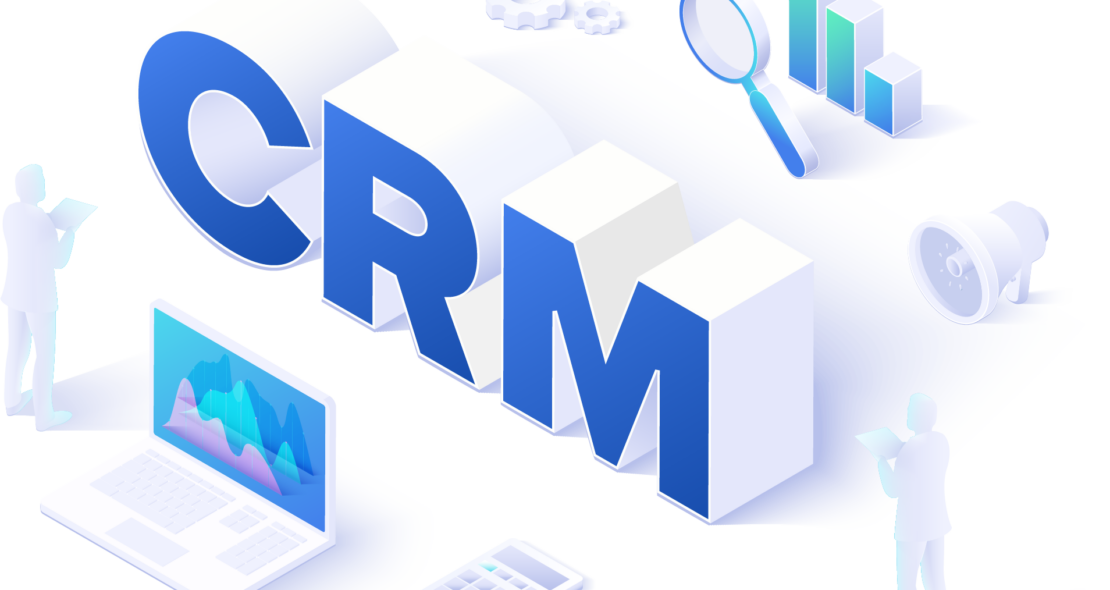Introduction
CRM
There are probably hundreds of different customer relationship management (CRM) offerings on the market. 99.9% of them cloud based. There are 100s of shapes and sizes. Some generic ones and many more industry specific. Some are more customisable than others. There is an immense choice of CRM solutions catering for pre-sales and digital marketing. Post-sales focused solution become much broader in scope.
Post-Sales operations could cover functions like:
- Ticketing and Help-Desk (Technical and IT, Maintenance)
- Scheduling and management of labour intensive on-site activities (Trades, Maintenance, Cleaning, etc)
- Timesheet capture and time billing in professional services sectors (Lawyers, Accountants, HR, etc)
- Recruitment Services (Recruitment Agencies, Search, Inhouse, etc)
- Solutions focused on Customer Records and Document Management
How to get CRM right?
When selecting the most appropriate CRM solution you probably first look to decide if it is pre-sales and marketing or post sales. If it is post-sales explore all sector specific options and if one of those meets your needs. Another important consideration when choosing a CRM solution must be the nature of the information that is managed and stored. The processing of personal information is highly regulated in most parts of the world, partially driven by the reach of the European Union’s GDPR legislation. Other regions and countries, such as the United States, have over time introduced strict rules on how personal information must be processed. Does your business process customer-specific documents. Are you in one of many sectors that are regulated beyond privacy concerns? Financial services organisations, such as Financial Advisors and Accountants, have strict money laundering and other rules. Know Your Client (KYC) regulations are onerous and many vendor hosted systems have in their small print that such information should not be stored on their servers.
Besides the actual choice of the CRM platform it is critical to design and implement your CRM solution in a way that achieves optimal outcomes and business benefit. The best platform will be of little benefit if its implementation does not sufficiently reflect existing processes and procedures or is cumbersome to use and employees end up not using it as a result. A Sales CRM is of little use if only half the sales leads and opportunities are recorded. The right design and implementation ensures that the system is used by all.
Document Management (DMS)
Electronic Document Management Systems have been around for at least two decades now. They also come in many shapes and sizes. However, since the dawn of Microsoft 365 (formerly Office 365) and the emergence of GoogleDocs those two platforms have offered basic document management services in the cloud as part of their subscription services.

Microsoft 365 includes OneDrive, a service to store documents and other files in a folder-type architecture in the Microsoft cloud. Files stored in OneDrive are by default private. Microsoft SharePoint 365 offers a greater range of features than OneDrive and is built for teams and collaboration. Documents stored in a SharePoint site are by default accessible to all users of a SharePoint site.
Both services offer versioning, that mean every time you edit a document a new version is created and changes are tracked. The service tracks who made the changes and when. GoogleDocs is similar to OneDrive in many regards. All those services come with generous cloud storage allowances, only a small minority will ever exceed. The emergence of those low-cost services, pushed many DMS vendors into fringe applications.
CRM and DMS are converging
In my view, most organisations manage documents that relate in one way or another to their customers. Whether legal documents, financial, sales or post sales documents link to your customers. This can be extended to include your employees and documents relating to their employment. If you are looking for a document you are likely to search for one that relates to a client or customer, therefore organising documents by customer and not document type will lead to a more intuitive solution. This is where a CRM system has strength. CRM systems, by their nature manage information in a contact- or case-centric design. Linking documents and contacts in some way, therefore, makes a lot of sense. Over time, many CRM solutions have added document features that allow you to upload documents to a CRM system.
How do you chose the right solution for your organisation?
First thing you should do is to take a close look at your requirements and document them. Make sure as many potential users of the system as possible are consulted! Obtain buy-in from a broad selection of users. If you do not have expertise of experience in house it is worth finding an external advisor or consultant to help you execute this.
Without that most projects fail. Independent research suggests that between 20 and 70% of all CRM projects fail. Of course failure is not black-and-white. When your employees avoid using a system because it is cumbersome or when a substantial investment in a system is never returned in the form of higher revenue and lower costs then that should be considered a failure. The cost of a failed project far outweighs that of a few days consultancy.
If documents play an important part
As discussed above, many organisations still use separate solutions for managing documents and customer relationships. Leading solutions offer software connectors to bridge the gap between CRM and DMS. Microsoft 365 solutions, such as SharePortals, combine both, CRM and DMS. Office documents can be easily created, edited and co-edited without creating multiple copies on your computer. Vendor hosted solutions often require you to download a copy before you can edit it. After editing it you upload a new copy to the record.
tbc

